THE East Australian Current delivers a feast for fish and fishermen, reports STEVE COOPER:
NOW IS the time of year when Victorian anglers chasing gamefish begin making their annual pilgrimage to the south coast of NSW. Bermagui and Narooma are the traditional hotspots, but anglers also venture further north to Ulladulla, or south to Tathra, Merimbula and Eden.
Summer and autumn can be a magic time for bluewater speedsters including striped, black, and blue marlin, yellowfin tuna, striped tuna, bonito, and yellowtail kingfish.
What causes the influx of the gamefish along this coast is the movement of the warm, nutrient rich waters of the East Australian Current. This current starts out somewhere in the Coral Sea and runs right along the east coast from Cape York to southern Tasmania before veering off. At this time of year this current is inshore by prevailing Trade Winds. This current is full of microscopic marine life such as plankton, which attracts small fish and then larger fish and so the cycle goes with species like marlin and yellowfin at the top of the food chain.
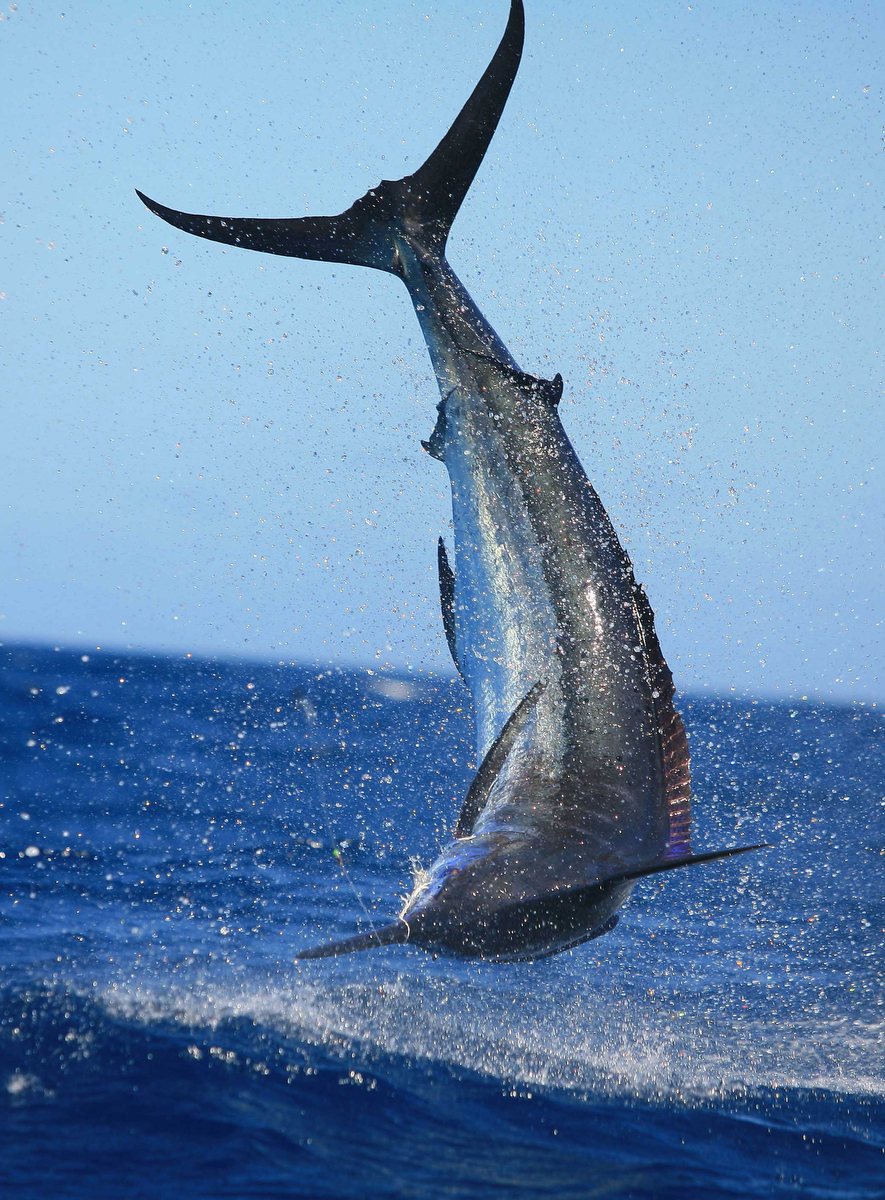
In the early part of the season, through to about mid-April, striped marlin often dominate the catch of game fish. Late autumn is like a changing of the guard as big yellowfin tuna and albacore tuna run along the coast.
Some years the marlin fish better at the southern end of this stretch of coast, from Merimbula to Eden. In other years anglers do better from Bermagui north. Many game fishers prefer to work along the Continental Shelf, or further out, often starting to fish along the 100-metre depth line. But long hauls offshore do not suit everyone, and there are alternatives.
Bermagui is about in the middle of the action and still rates as the best all-round destination with its close-in reef systems. The three main reefs are the Four Mile, Six Mile and the ever-popular 12-Mile Reef, which by my reckoning is closer to nine miles (14km) from port.
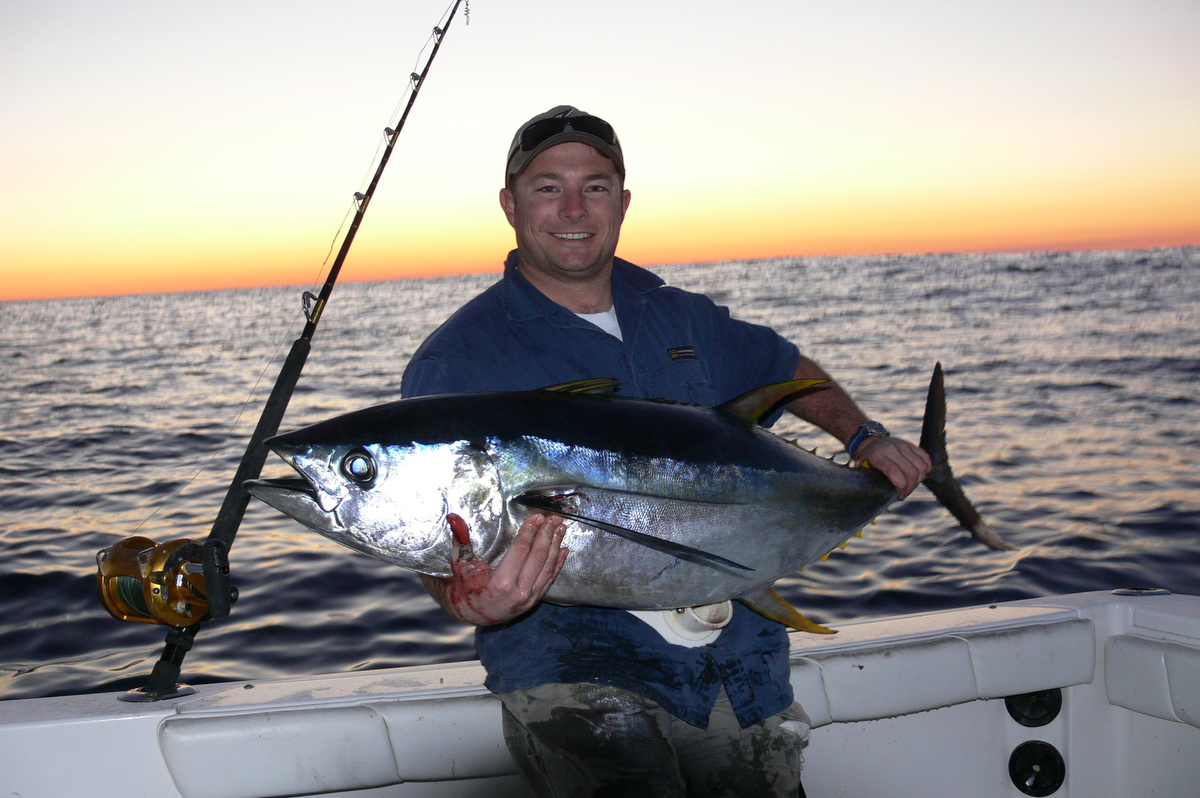
Waters surrounding Montague Island, which is a short run from Narooma, and a longer one north from Bermagui, are popular among anglers who want to work the likes of yellowtail kingfish and bonito. During the 1970s, the island also earned a big reputation for marlin and yellowfin tuna. Sadly, this has not been a good hunting ground for either of these two species in recent years. How well the island fishes depends on the current and fish stocks. If you decide to launch at Narooma, ask for advice on the notorious bar at the entrance.
South of Eden, from the southern point of Twofold Bay to Mowarry Point on Green Cape, and then about 6.5 kilometres out to sea is an area known as the “Magic Triangle”. It is a popular area for anglers who want to catch gamefish without travelling out to the Continental Shelf. Mowarry Pt is famous for producing consistent catches of yellowtail kingfish.
Tackle requirements for game fishing are not cheap. Most anglers work 15kg and 24kg game fishing outfits complete with lever drag game reels. You can count on spending more than $1,000 for a quality rod and reel, but at least it will last many years with regular maintenance.
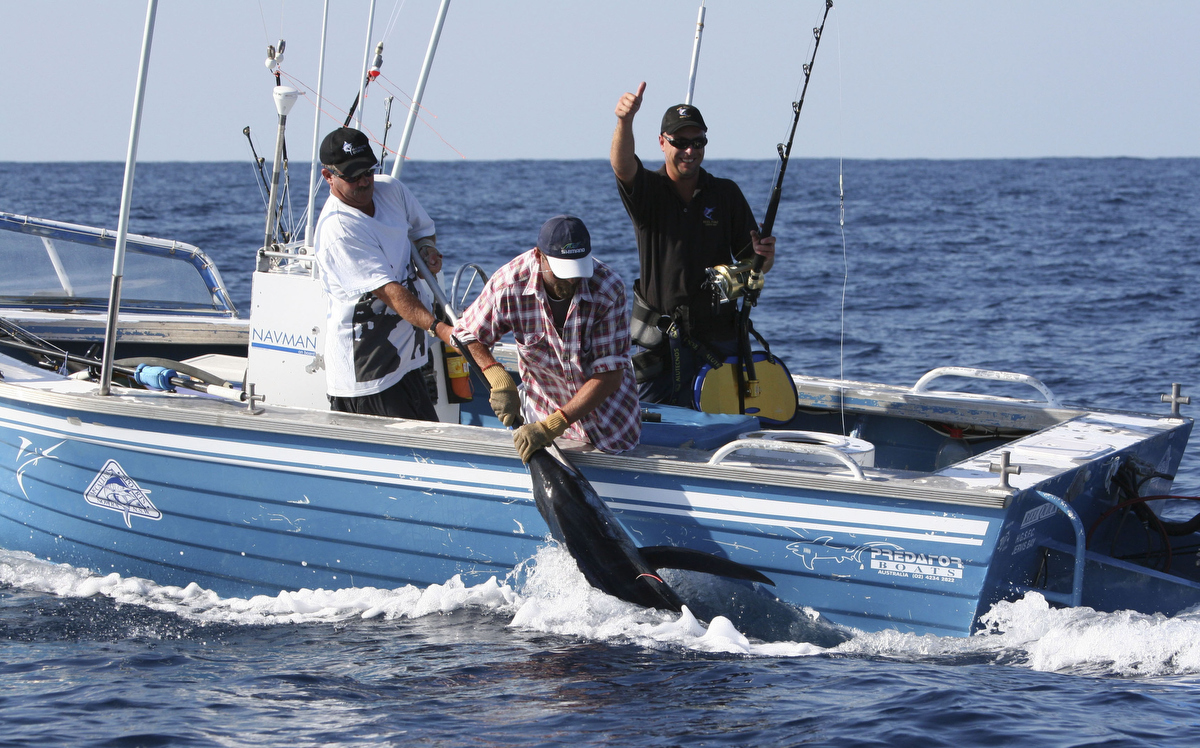
Most marlin fishers troll either skirted lures or bridle-rigged slimy mackerel. When the mackerel are schooling into bait balls, marlin will sometimes be found below them. A live mackerel dropped into the school and then slowly towed out can produce a strike.
Yellowfin tuna are caught using several methods including trolling lures and baits, drifting with live baits and cubing. Trolling is the most expensive method and can be the least exciting. Lures trolled include bibbed and bibless minnows and soft-skirted lures. These are towed behind the boat at speeds between five and 10 knots and on a day when the action is sparse the fuel costs are still the same.
Live baiting and cubing are often done in tandem. Slimy mackerel is the preferred live bait with yellowtail scad second. What happens is that the boat is motored out until the blue, warm water is found. Tuna are intolerant of cold water and water temperature is a critical element, for yellowfin the ideal temperature is around 20 Celsius.
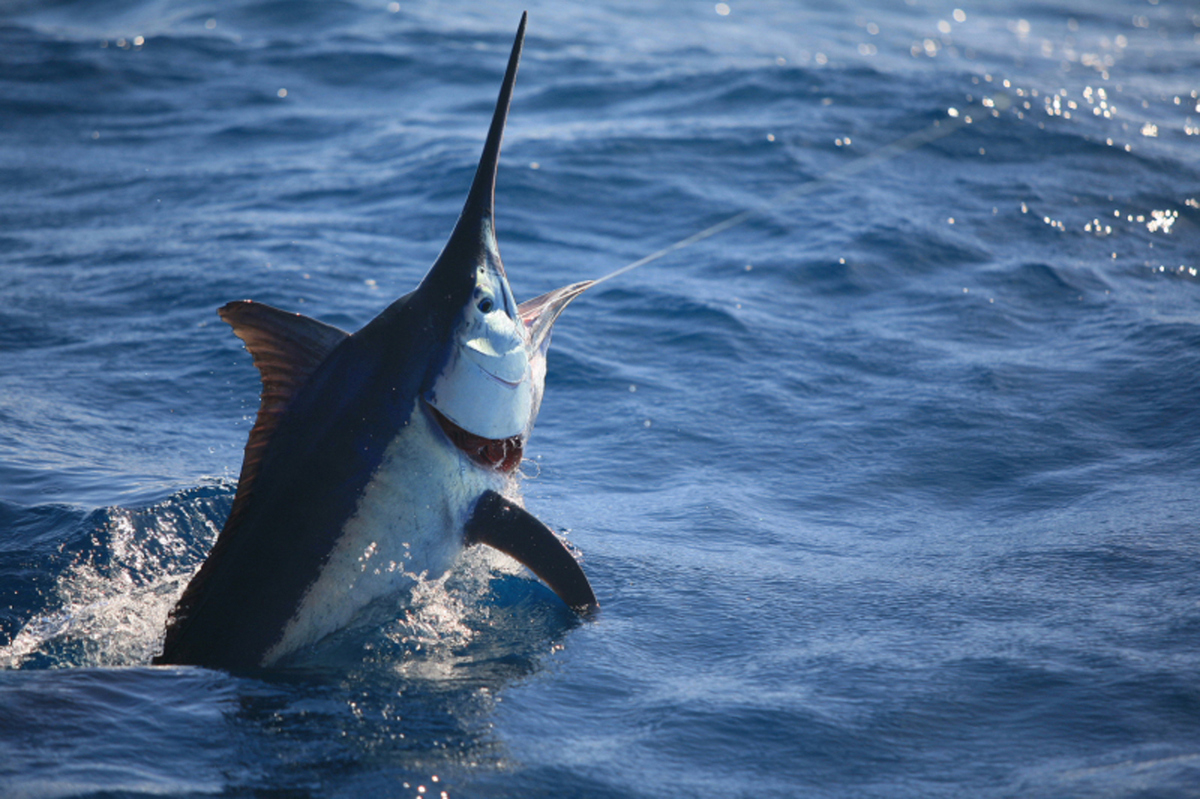
Once water conditions are satisfactory a couple of live baits are put out behind the boat, either under a balloon or free swimming. A cube trail is started by chopping slimy mackerel into cubes about three cm in size and feeding these out, slow and steady. A berley pot also comes in handy as this adds to the trail.
Every so often a size 7/0 to 9/0 hook is placed into a cube and allowed to drift down into the trail at the same speed and sink rate as the hook free cubes. Yellowfin working up the trail pick the baits up like birds do a seed trail. On good days, when the fish are co-operative, you will often see them in the trail. Despite their size, most range from 10kg to 60kg, the baits are often inhaled and the angler needs to allow a few seconds before setting the hook. If live bait is taken the yellowfin will run a short distance, slow while they turn the bait and swallow it head first. The second run will be fast and this is the time to set the hook.
STEVE COOPER won two Walkley Awards for investigative journalism but his great love is fishing and he is renowned as one of Australia’s foremost writers and broadcasters on the subject.


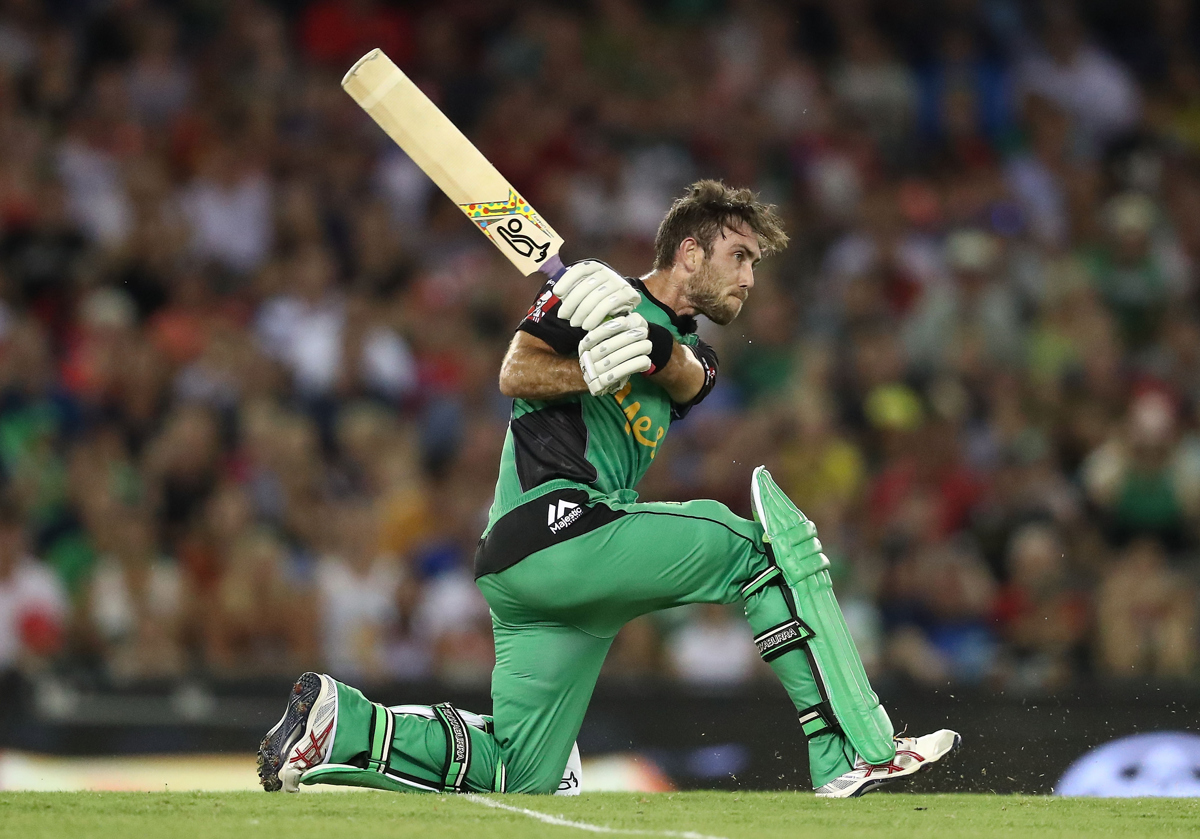
Discussion about this post